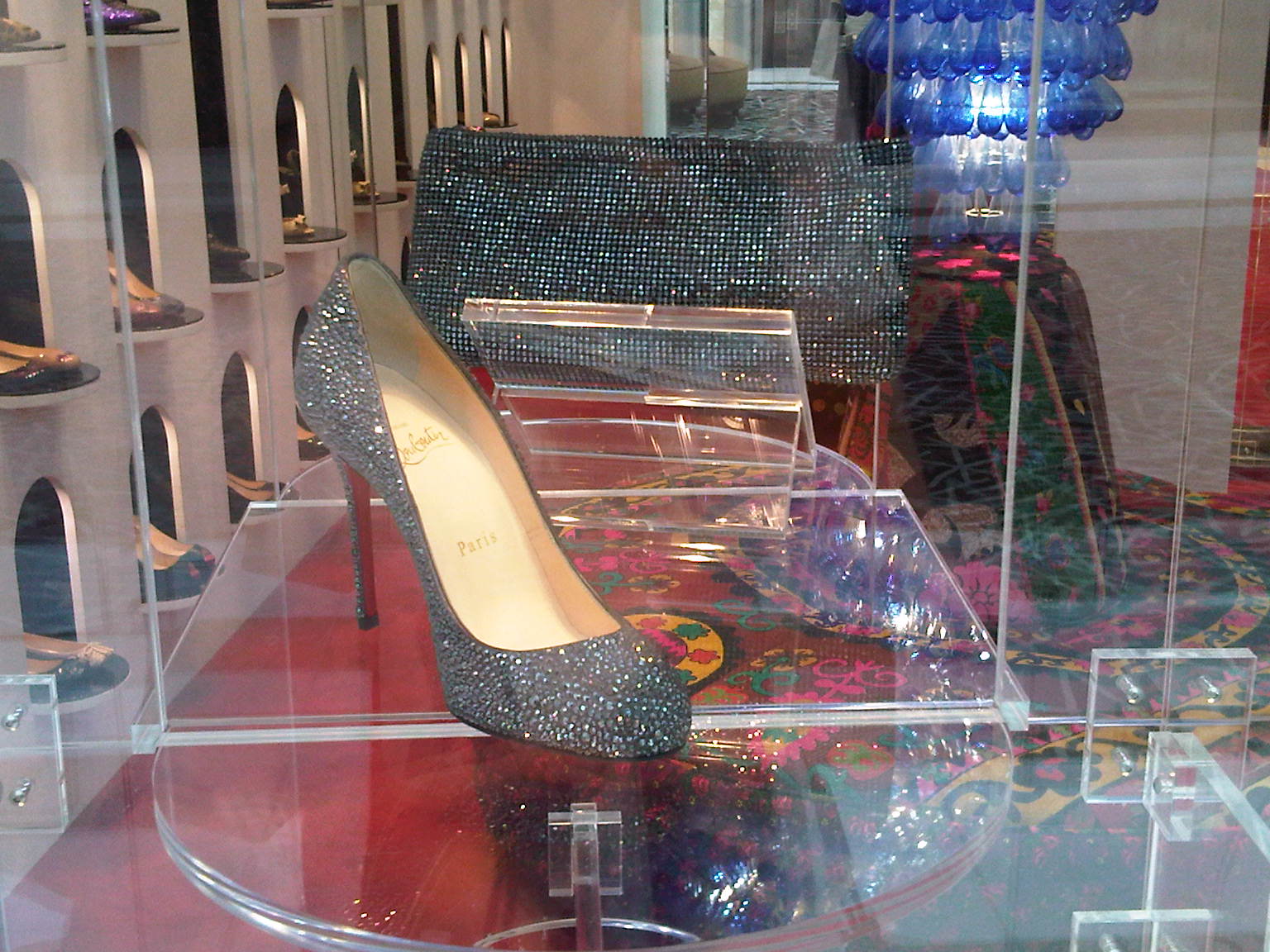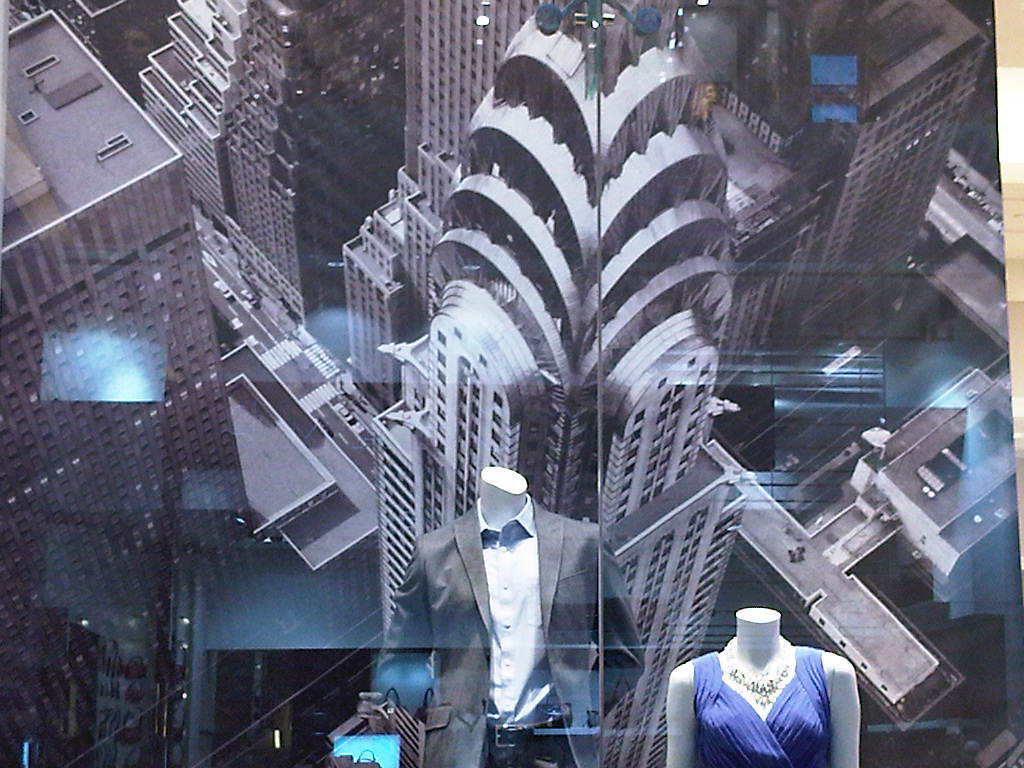Links and Texture
 Sunday, June 2, 2013 at 8:03PM
Sunday, June 2, 2013 at 8:03PM
Below is an image. It is a photograph of the Burj Khalifa, currently the tallest tower in the world.
When you hover over it you will see that it suddenly reveals a number of links. Each of these links allows you to either experience the tower in its different moods, learn more about it, or watch a video related to it.
Perhaps take a few minutes to explore these links before reading further. The choice is yours.
I have used this concept as I feel it offers a special key.
Every experience we ever have has many elements, but unless we take the time to be mindful of them, many of these elements escape our notice.
Operating on autopilot we may miss many of the threads which when woven together give an experience its particular texture.
An event might be experienced as being bland or fascinating or any of a variety of ways, but that experience is determined by the way in which we tune into that which is at hand. We can walk without seeing details, be in a room and not hear what music is being played, eat a whole meal without noticing the different flavors, pass by flowers without noticing their fragrance, pick up an object without noticing what it feels like, arrive at destinations without being aware of how we got there or look at others without picking up on their moods.
When we pay attention, that which we touch might be smooth, rough, grainy, soft or coarse. That which we hear might be harmonious, irritating or soothing. Tastes can be crunchy, chewy or crisp. Emotions become messengers and we realize that we are not our thoughts.
Our senses and our feelings are our links to mindfulness. We need to click on them as it were in order to experience each moment with all the various elements that make up its particular texture as they interrelate.
Texture
As we move through the corridors of cyberspace, we choose which links we wish to open or close. Similarly, we need to realize that we can choose to tune into that which is around us and within us. We can choose to notice what we are sensing and feeling and thinking. Mindfulness is something we choose to do.
Mindfulness means paying attention in a particular way:
on purpose,
in the present moment,
and nonjudgmentally.
When we choose to be mindful we also give ourselves the opportunity to choose which elements of an experience need our attention and which it would be better to ignore or not engage. It provides us with the gap in which we can decide how to respond instead of simply reacting.
Between stimulus & response there is a space. In that space is our power to choose our response. Victor Frankl #mindfulness
— Linda Hollier (@lindahollier) May 29, 2013
As mindfulness spreads into all walks of life, it is adding a flavor to life which cannot be properly described but which has to be experienced.
Its texture feels calm, compassionate and non-violent. Its threads are those of acceptance and understanding. They play a music whose chords are non-judgmental. They smell of purpose and focus. Their taste is that of the present moment.


